Throughout history, Canarian folk music has managed to brighten up the hearts of all of the inhabitants of the islands. In fact, its origins go back to the time of the indigenous Canarians, making it a unique hallmark of the islands’ identity. Today this music still livens up fiestas and romerías, or pilgrimages, thanks to unique traditional instruments, like these:
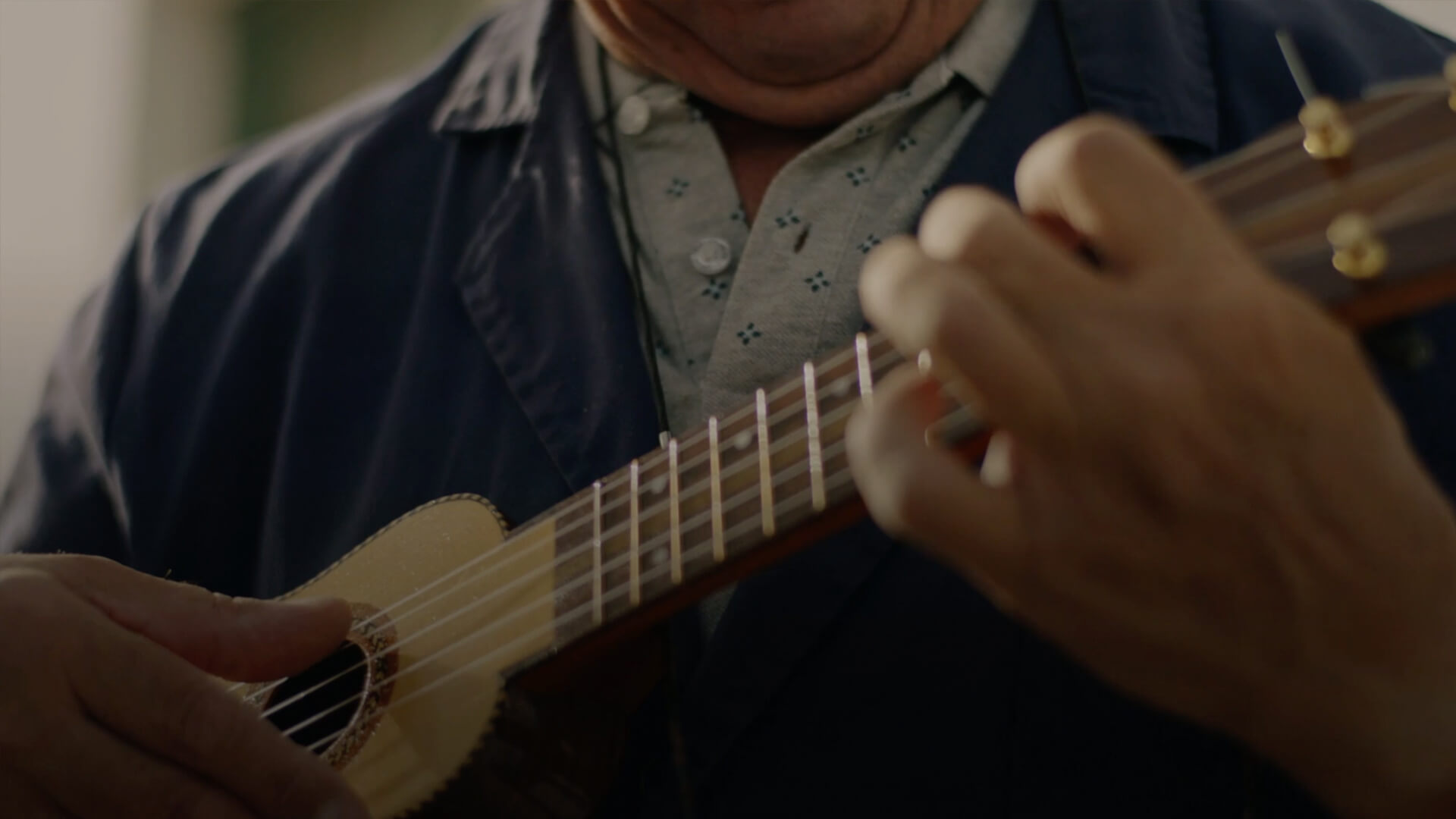

Chácaras
Chácaras are percussion instruments made of wood or bone that form part of the islands’ folklore. Similar to castanets but larger, this instrument is very popular in Canarian culture. As a matter of fact, there is a tradition that says that when the artisan gives the chácara to its owner, the owner can christen it. The craftspeople do not always choose the same type of wood. They may take it from trees found on the islands, such as tree heather or Persea indica, or experiment with other, non-autochthonous woods, like mahogany or mulberry.
The chácara has a hole on the inside, and its shape is similar to that of a pitted fruit. The smaller chácara of the pair is placed on the right hand. Its higher-pitched sound is used to make a rattling noise. The left hand sets the rhythm with the deeper-sounding chácara.

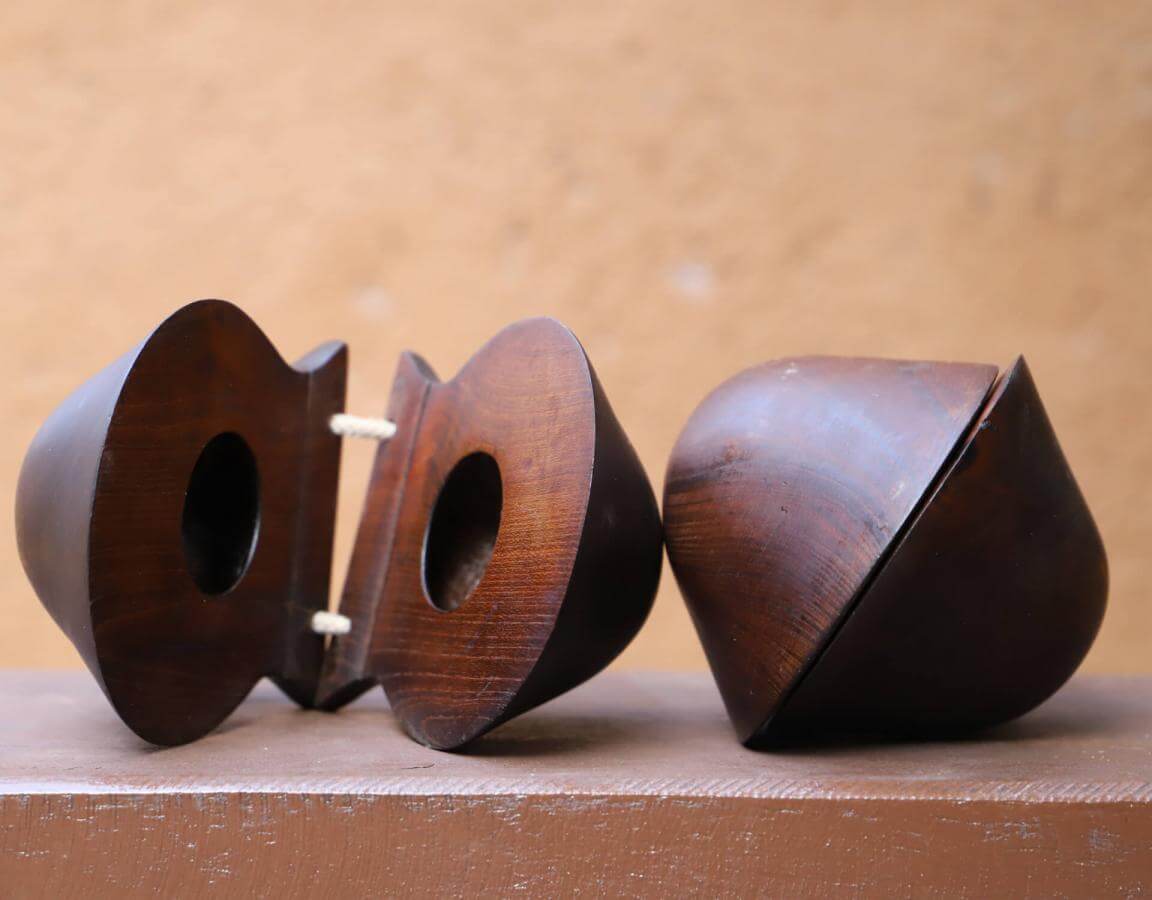
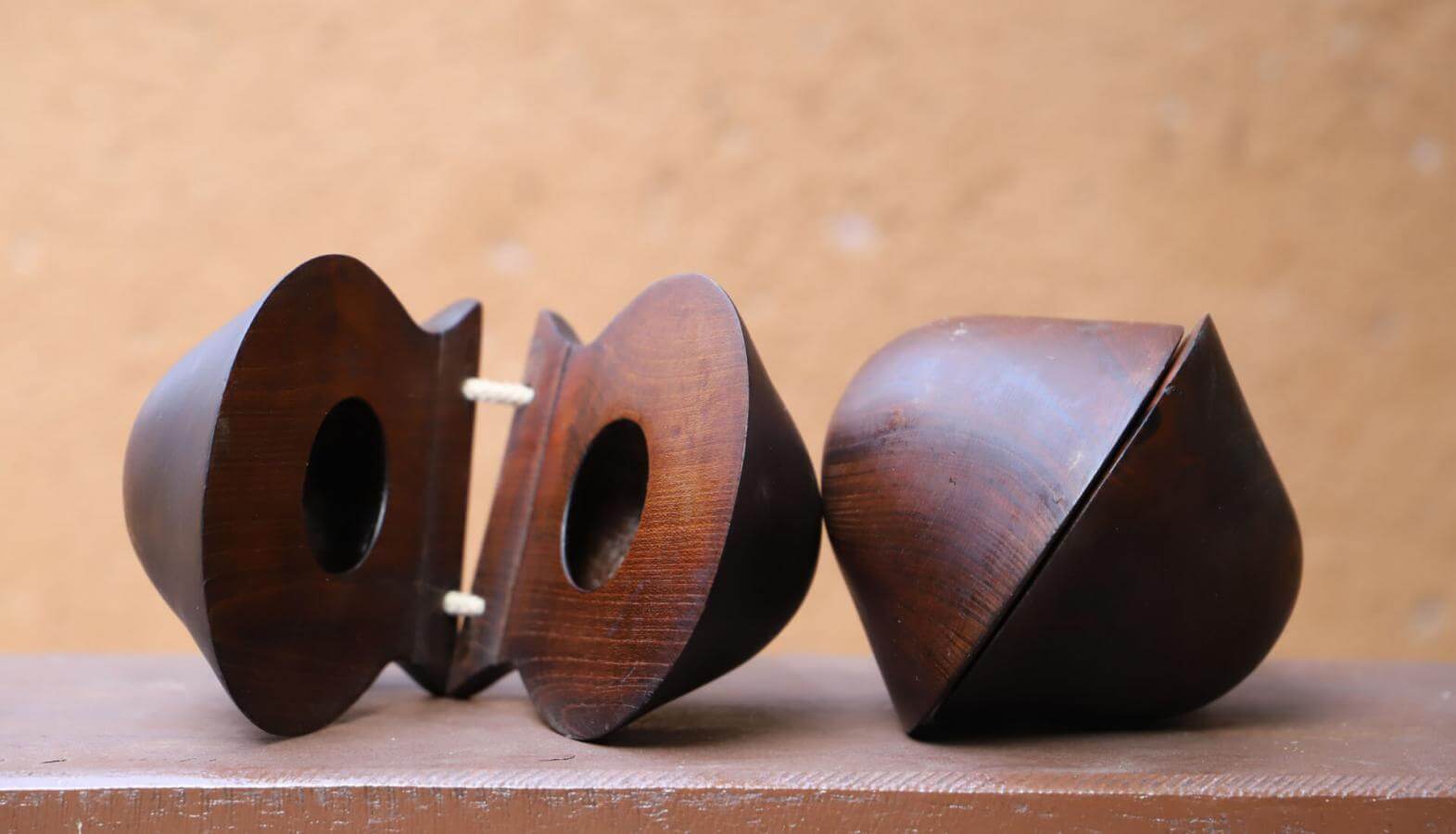
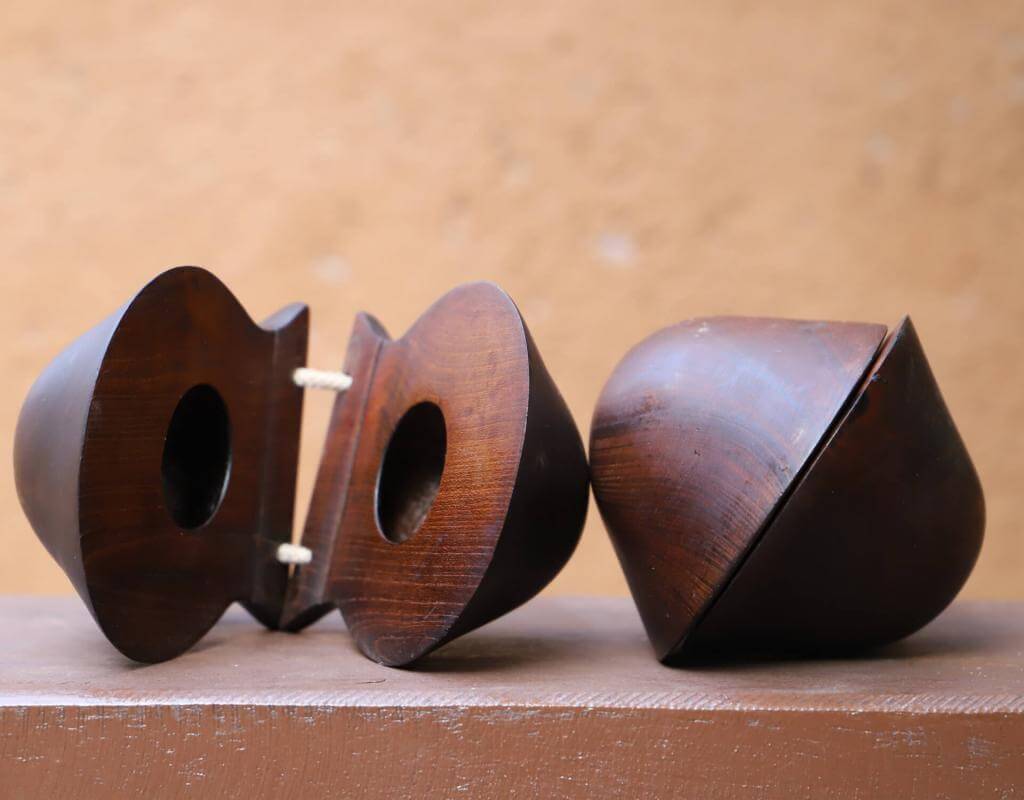
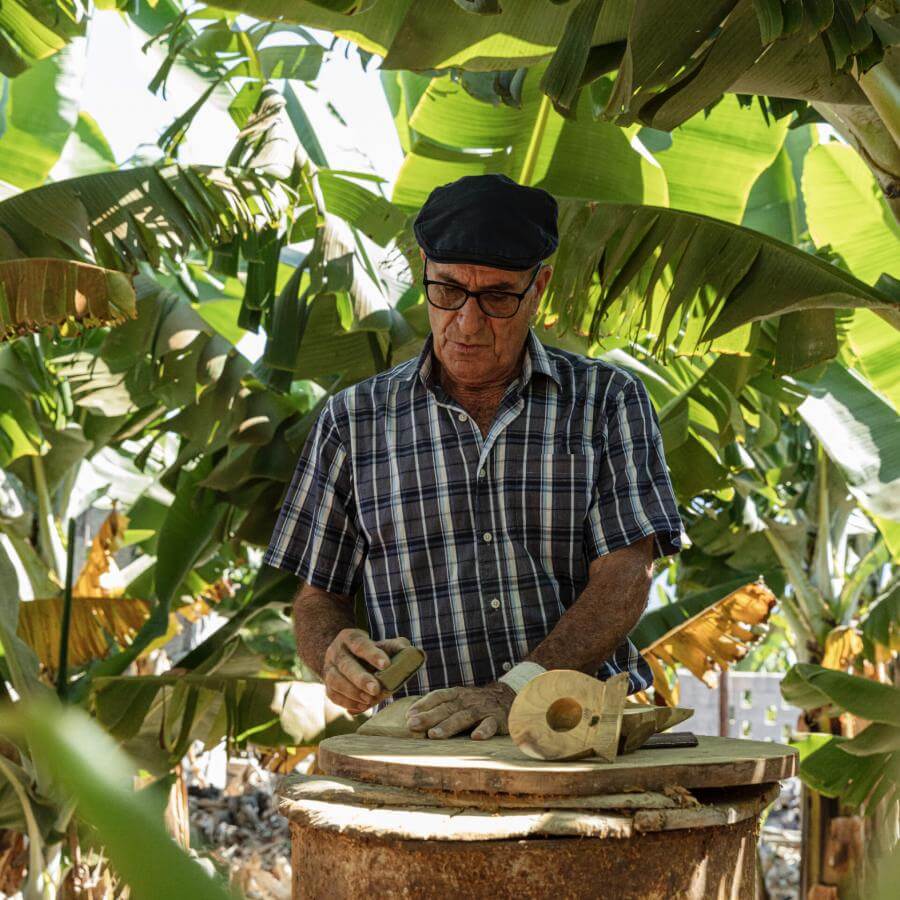
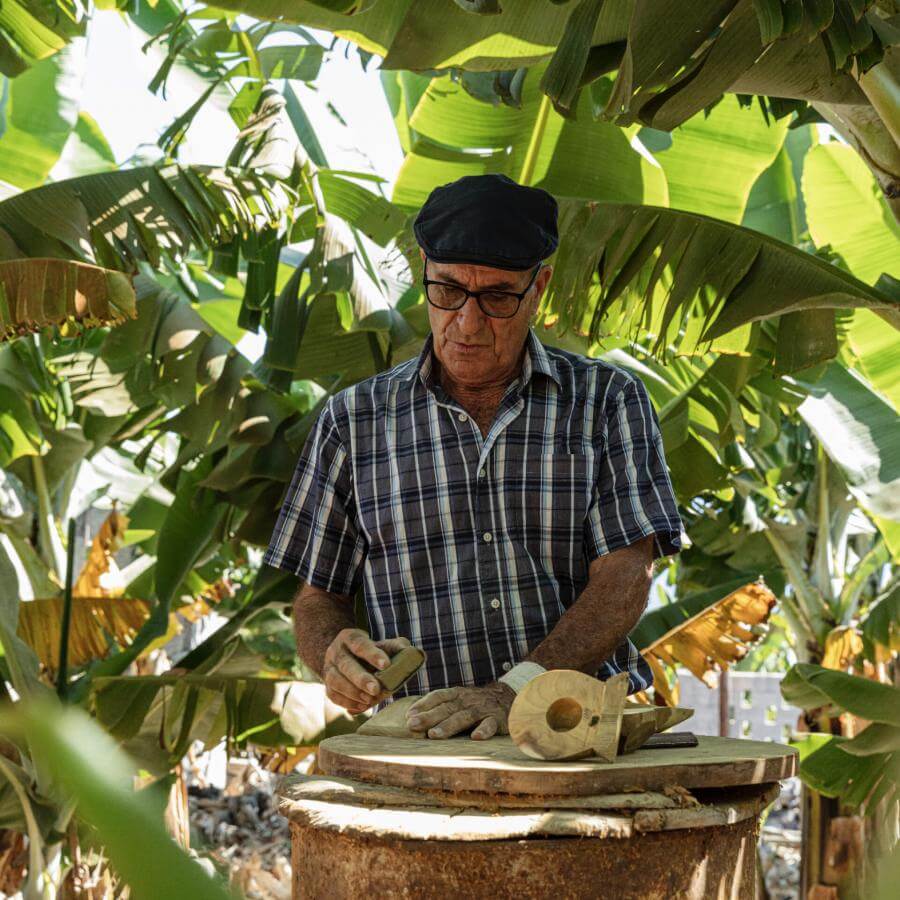
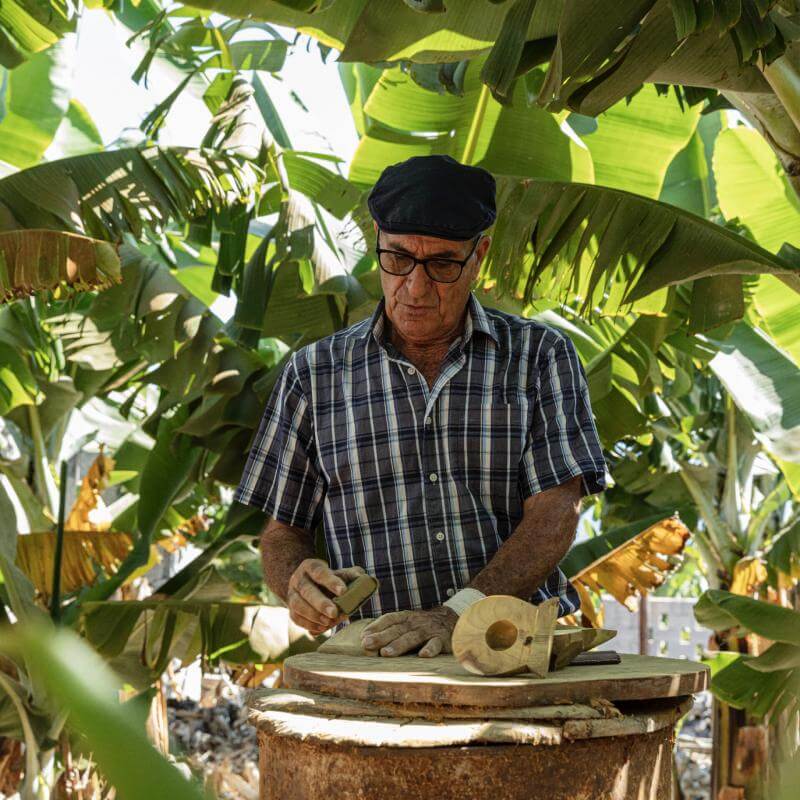
Timple
The timple is the pinnacle of Canarian music. This iconic instrument is a kind of small guitar with five strings and a very rich sound. Its name comes from the word tiple which, in the world of music, is used to refer to a high-pitched sound or voice. It is also known as the camellito, or little camel, because of its curved soundbox, reminiscent of a hump.
It was traditionally strummed to accompany the rest of the instruments in parades, and generally speaking in local Canarian festivities. It has now secured a place for itself, even becoming a soloist instrument played by virtuosos who perform pizzicato and play arpeggios, going beyond the function of mere accompaniment.

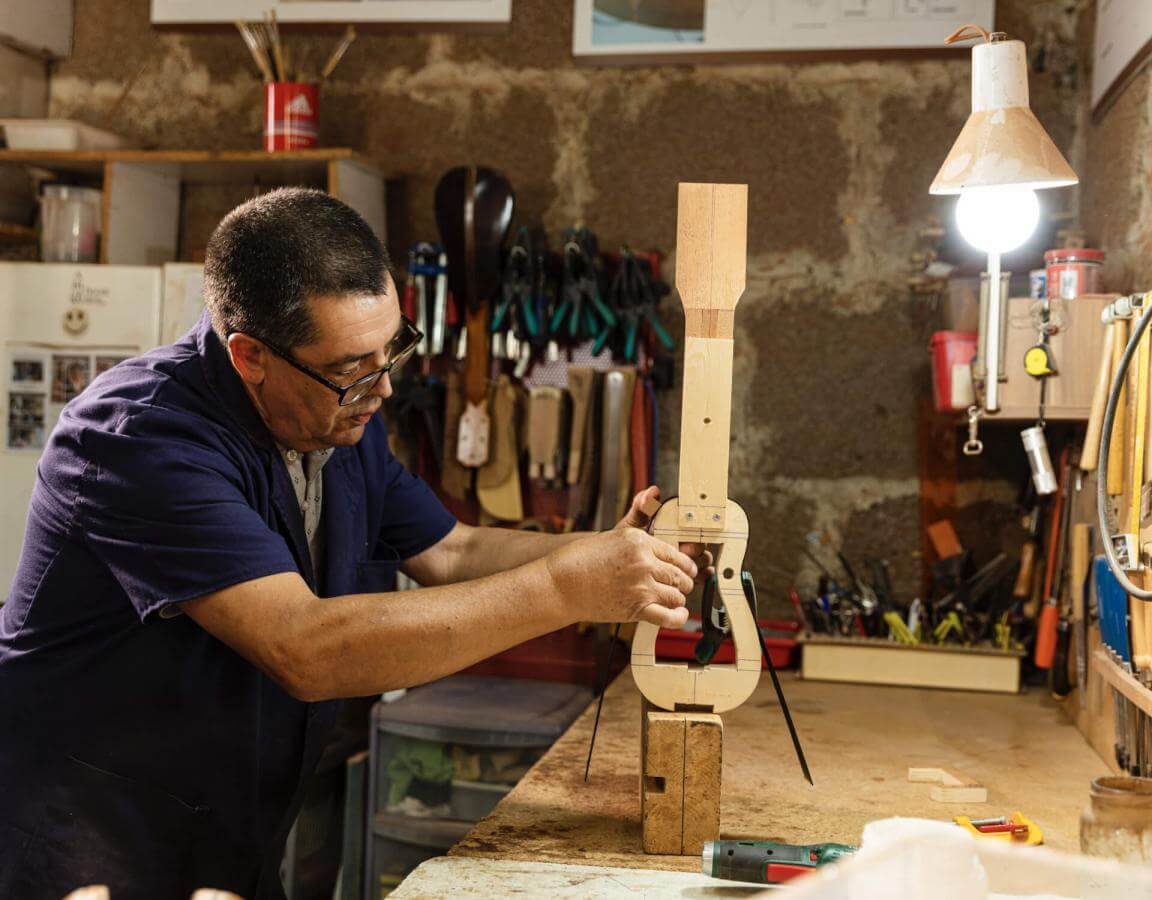
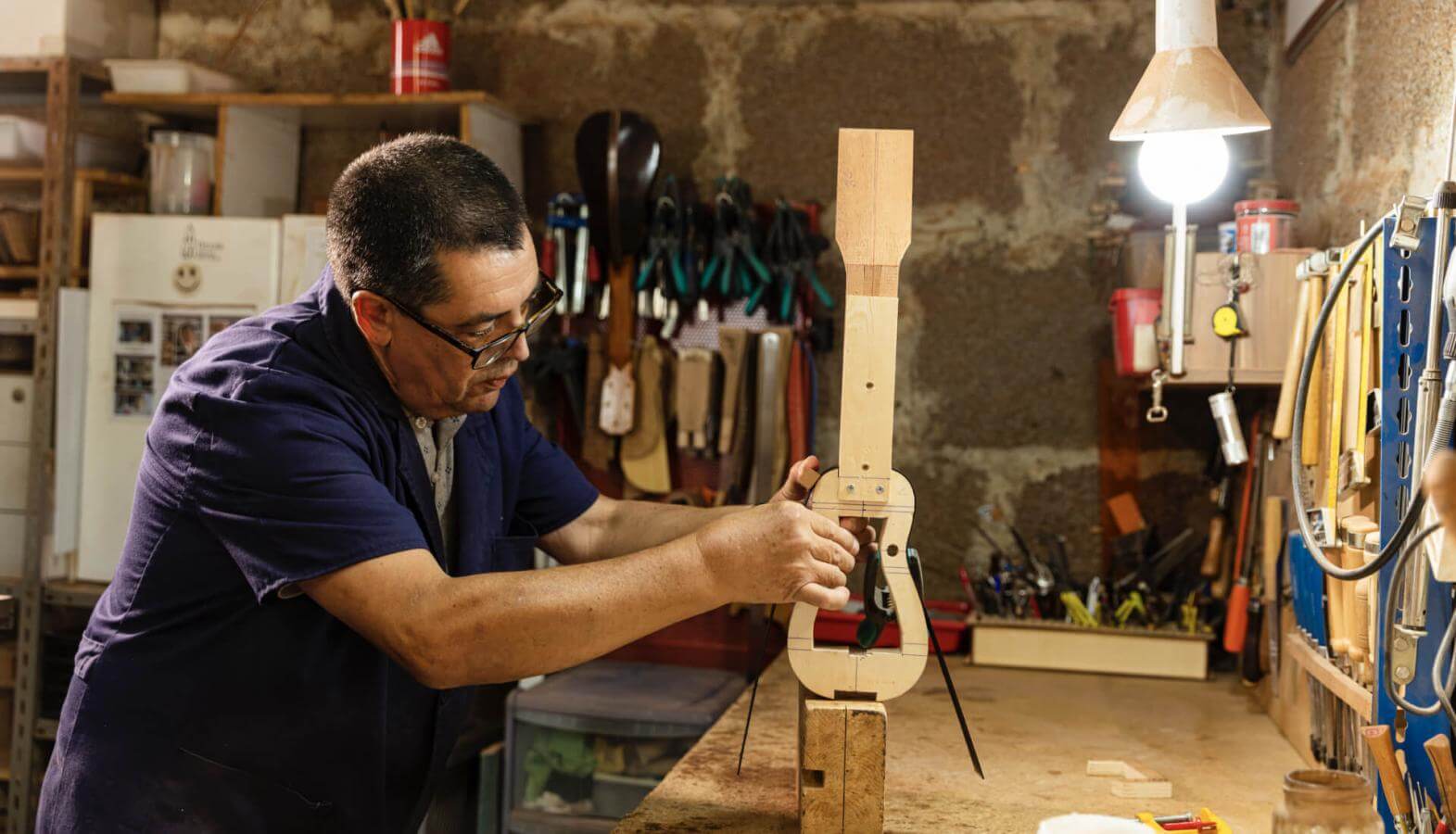
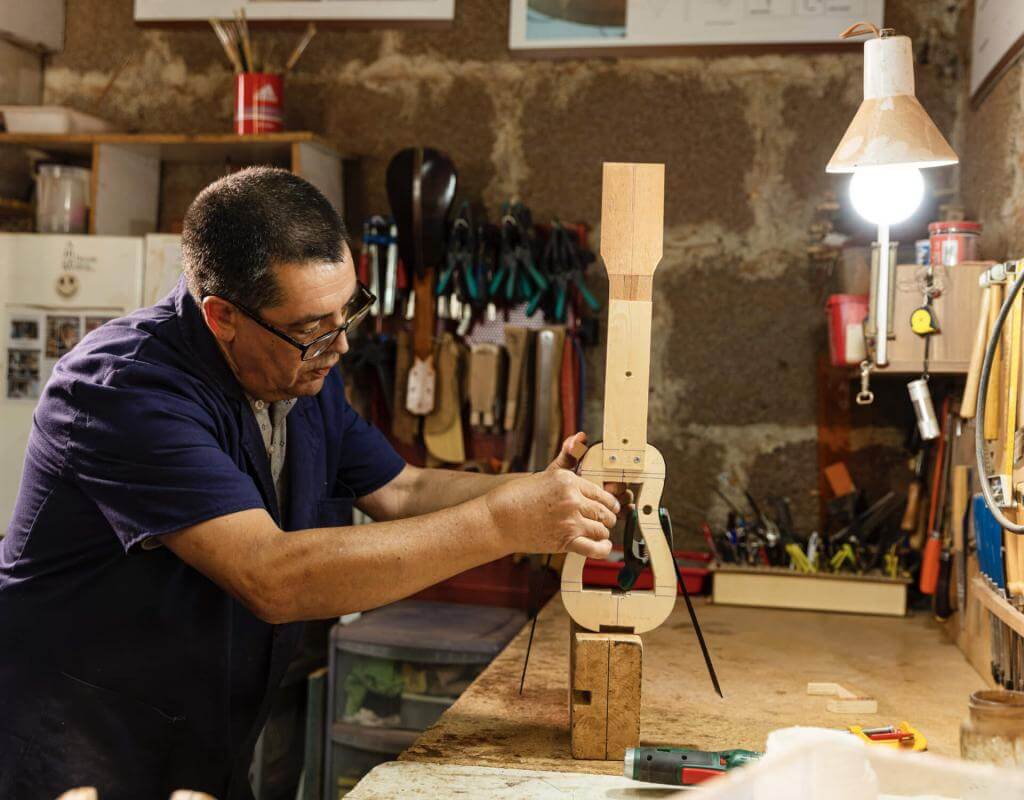
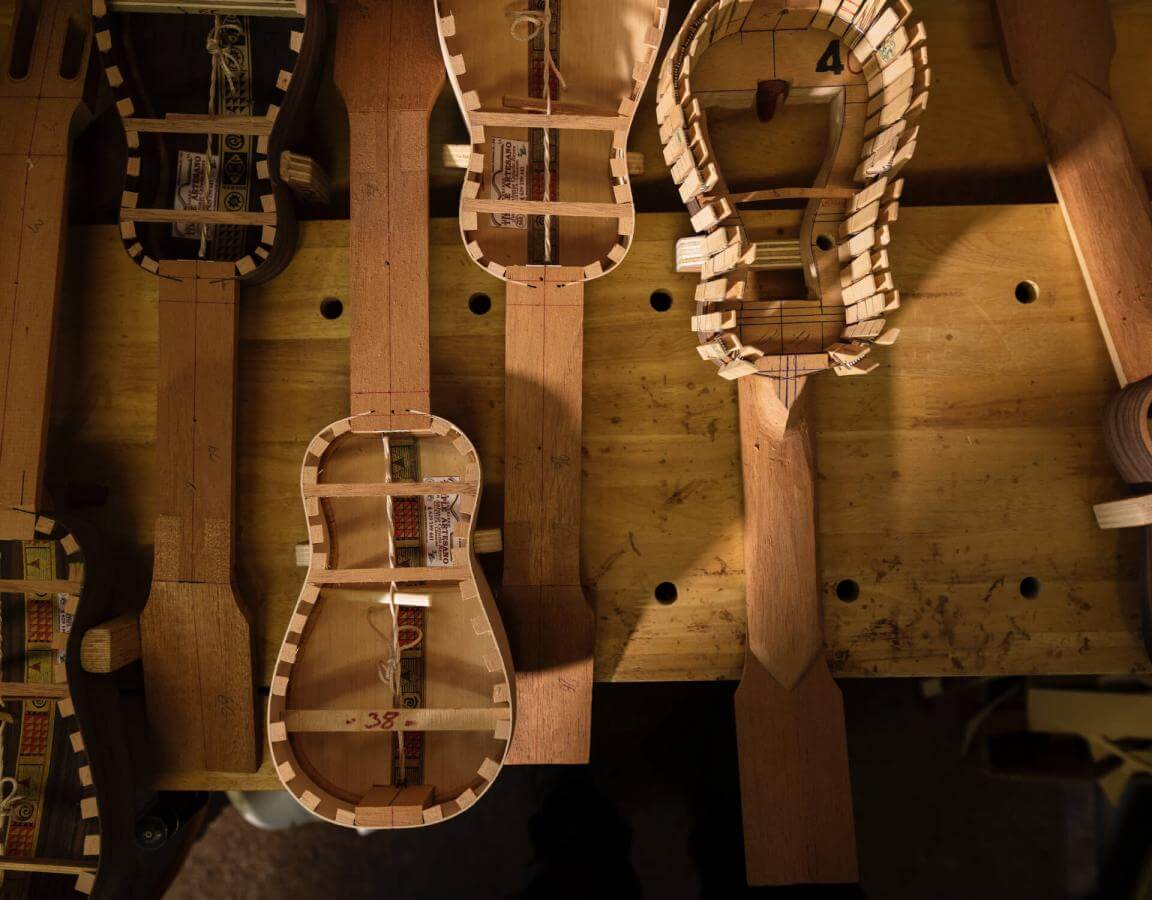
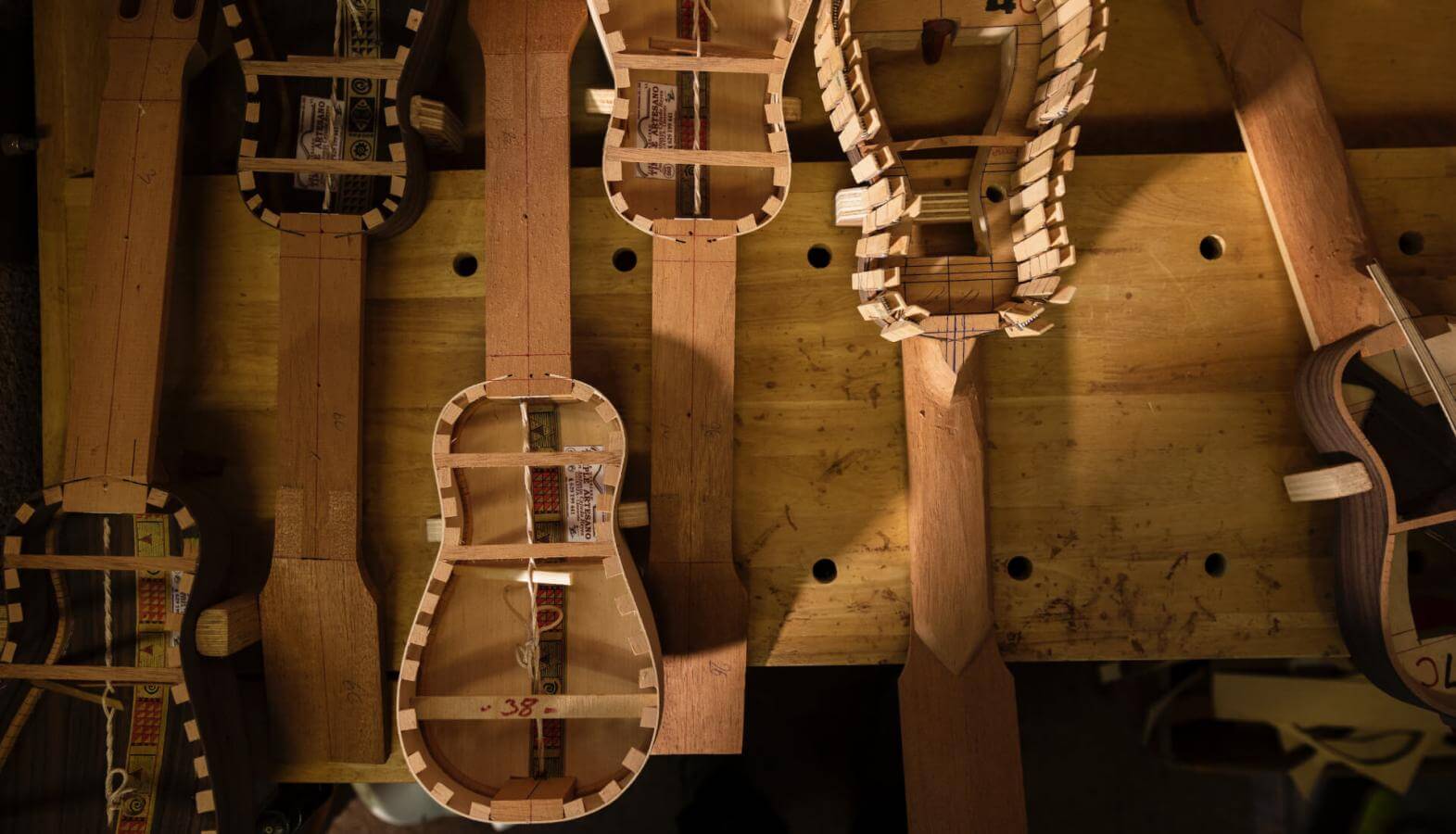
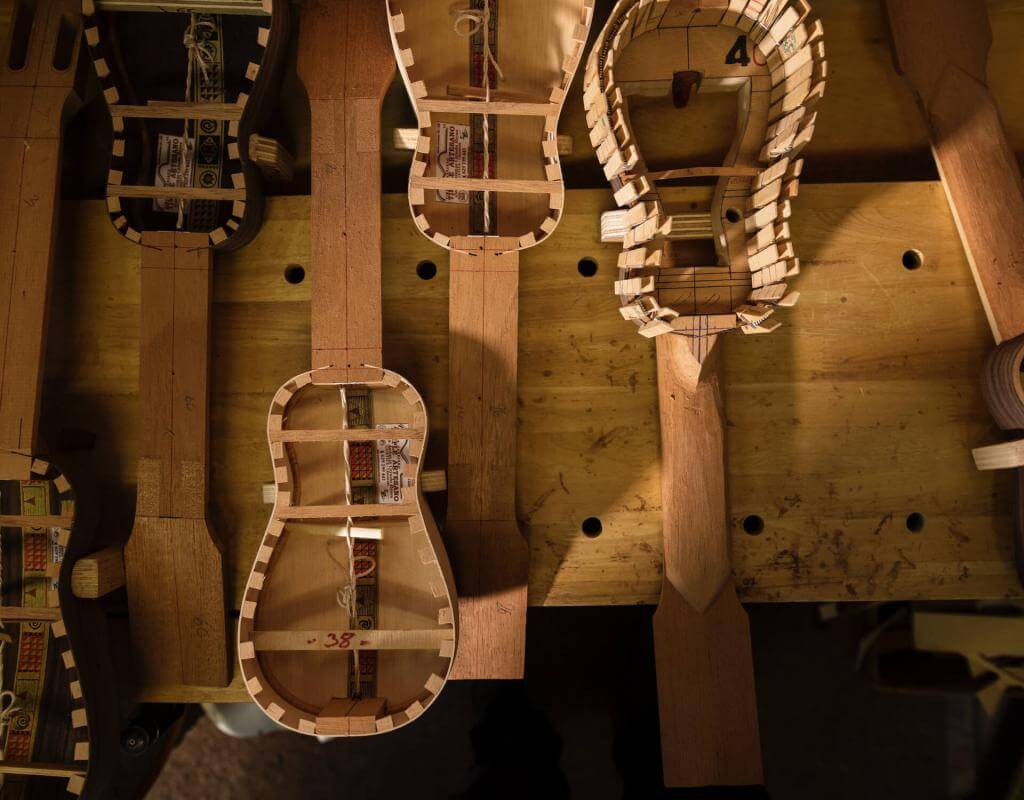
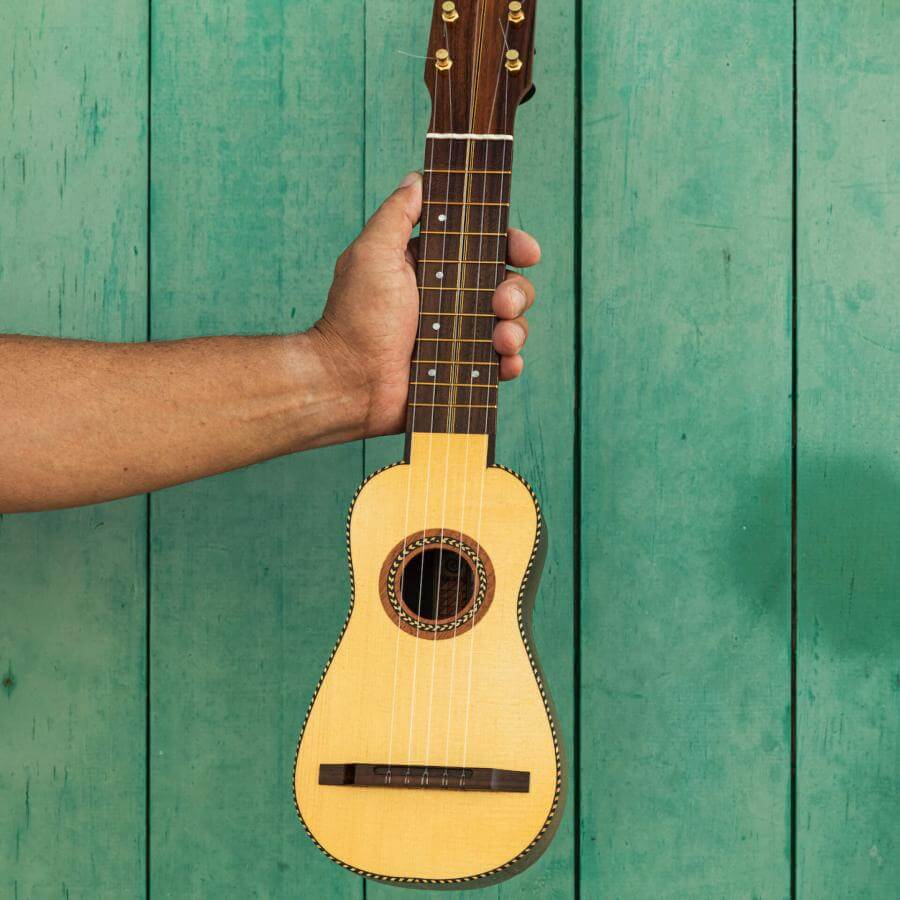
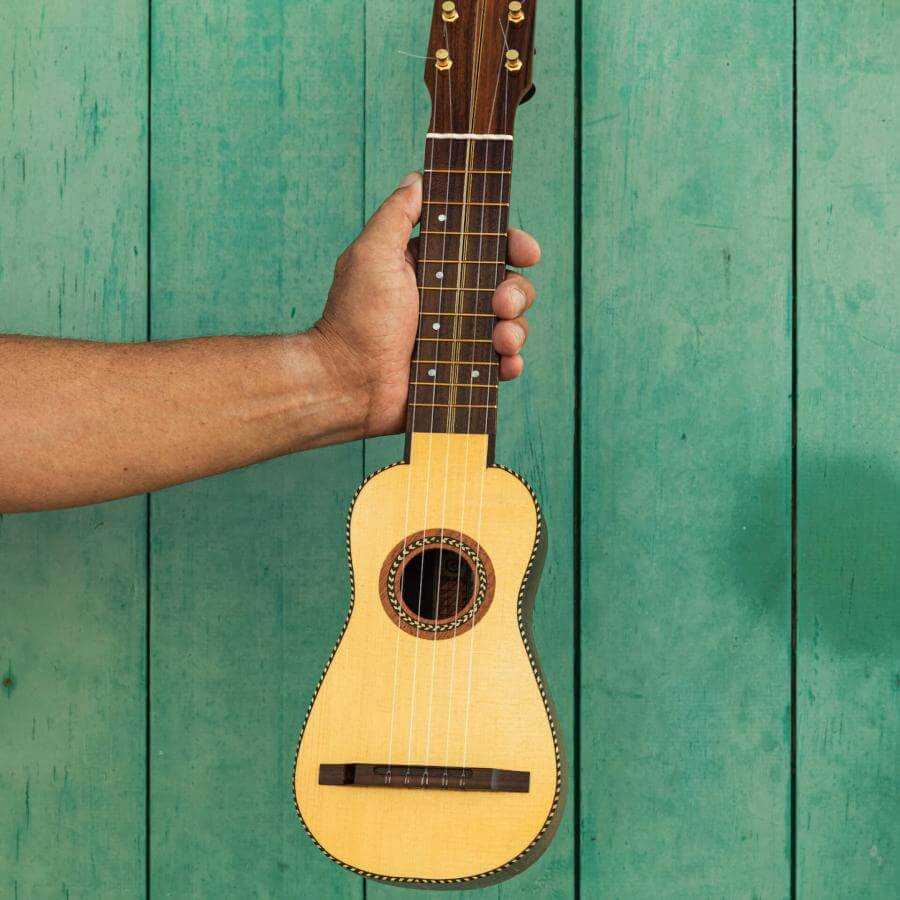
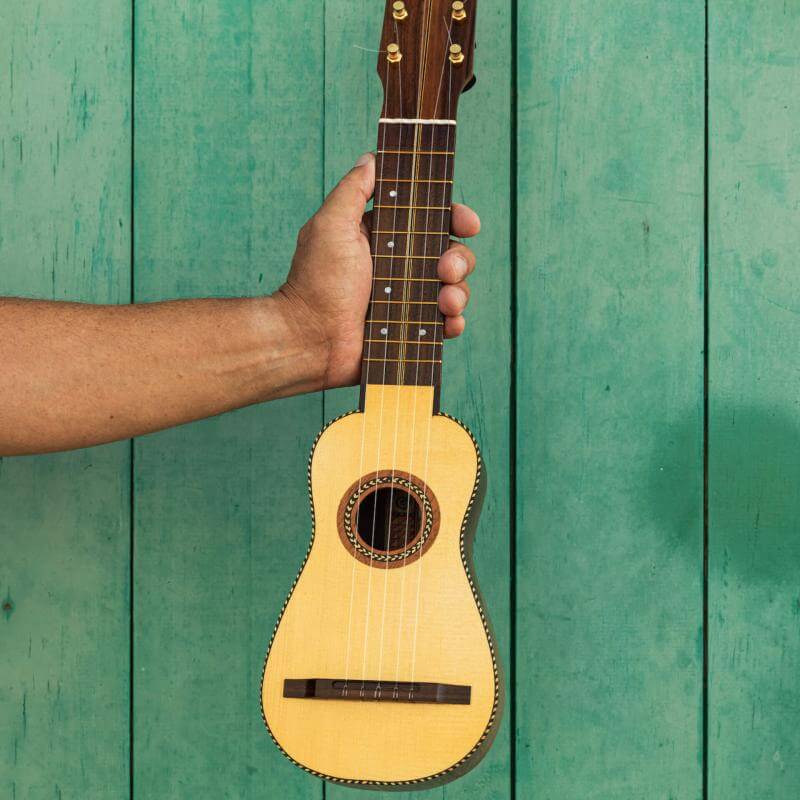
Tambor gomero
To the beat of the tambor of La Gomera, couples dance tajarastes as they listen to the clattering of the chácaras. This little drum has been linked to many of the traditional dances and festivities of La Gomera; although it would not have been strange to hear its beat during work breaks in the fields of the Canary Islands, either.

The origin of this instrument goes back to the age of the indigenous people of La Gomera. Nowadays, artisans make them by hand, using wood from the basket willow and kidskin. The string or wire that is stretched from one side of the instrument to the other is not tapped or beaten with the drumstick: its function is to give the drum its typical vibration.
Tambor herreño
All along the 43 kilometres of the popular Bajada de la Virgen de los Reyes pilgrimage, the tambor of El Hierro resonates loudly, accompanied by the chácaras and the pito herreño. But this celebration can be quite a challenge for the musicians, who have to transport this drum weighing 12 kilograms and standing 70 centimetres tall.
Larger than the tambor of La Gomera, the materials used to make this drum are wood, kidskin, rope and metal sheet. It is played standing up and requires two beech drumsticks.

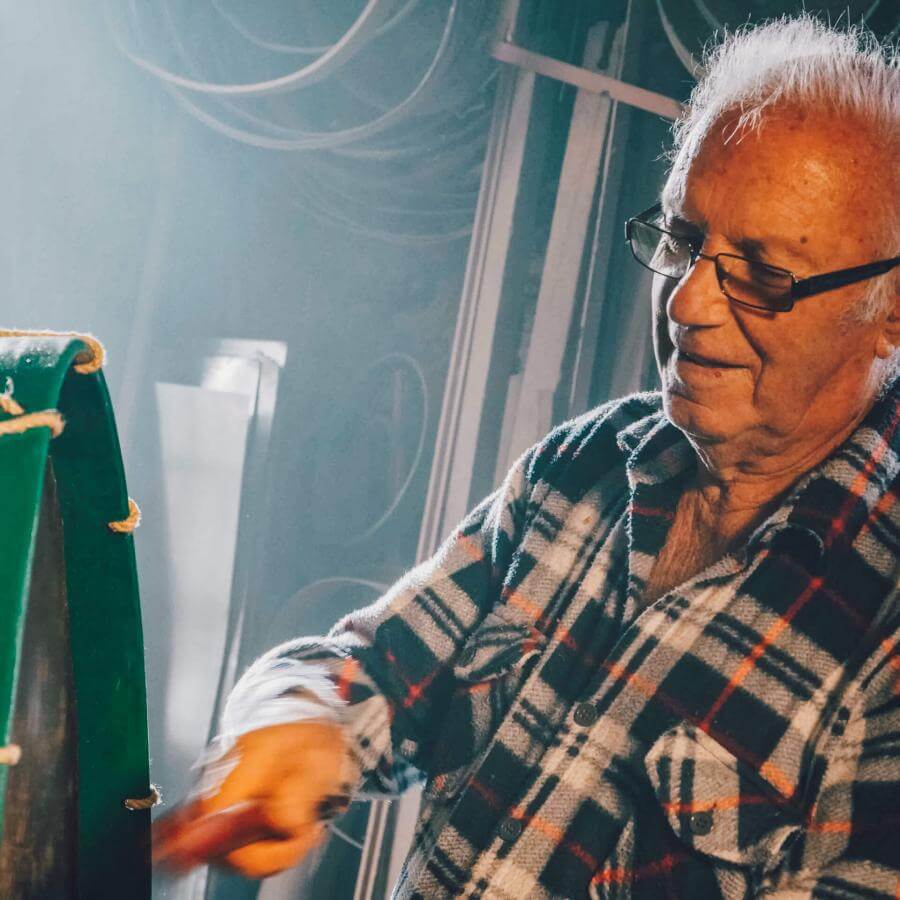
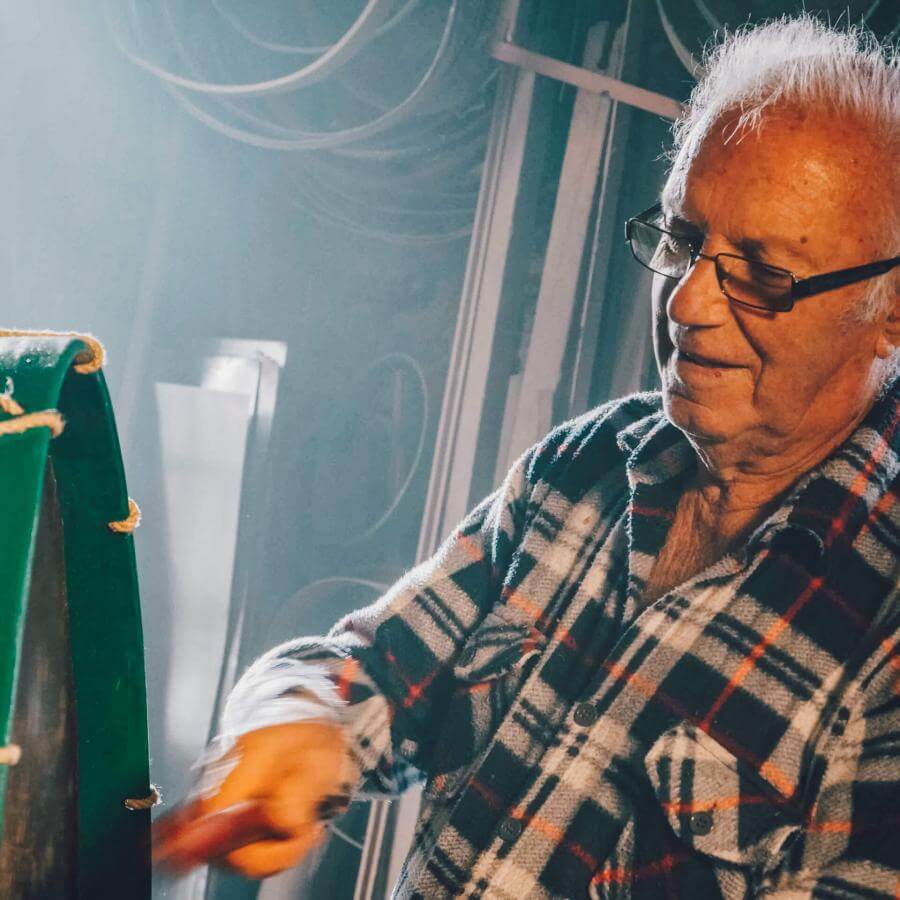
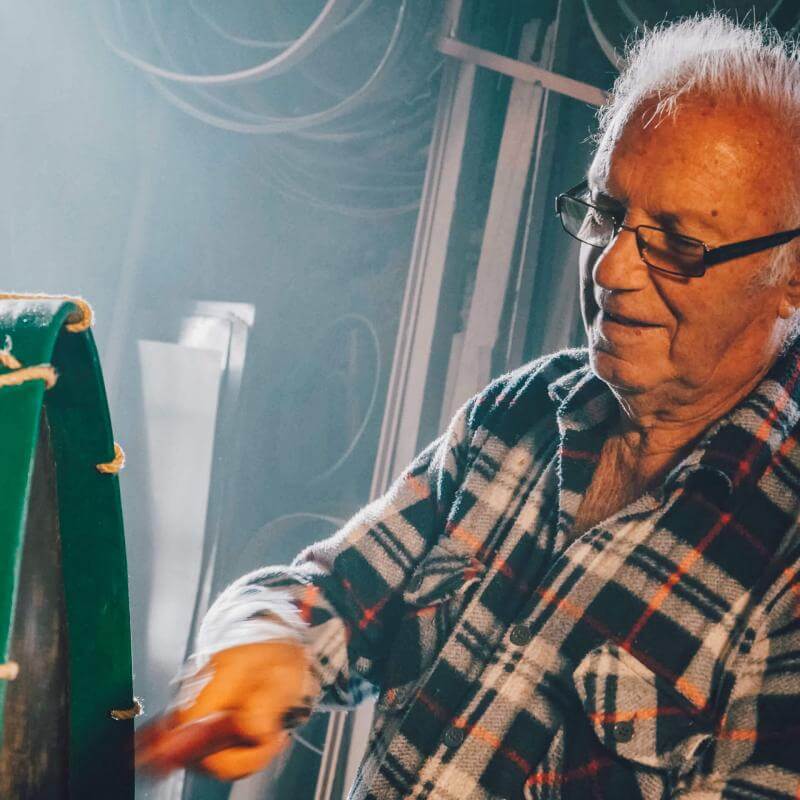
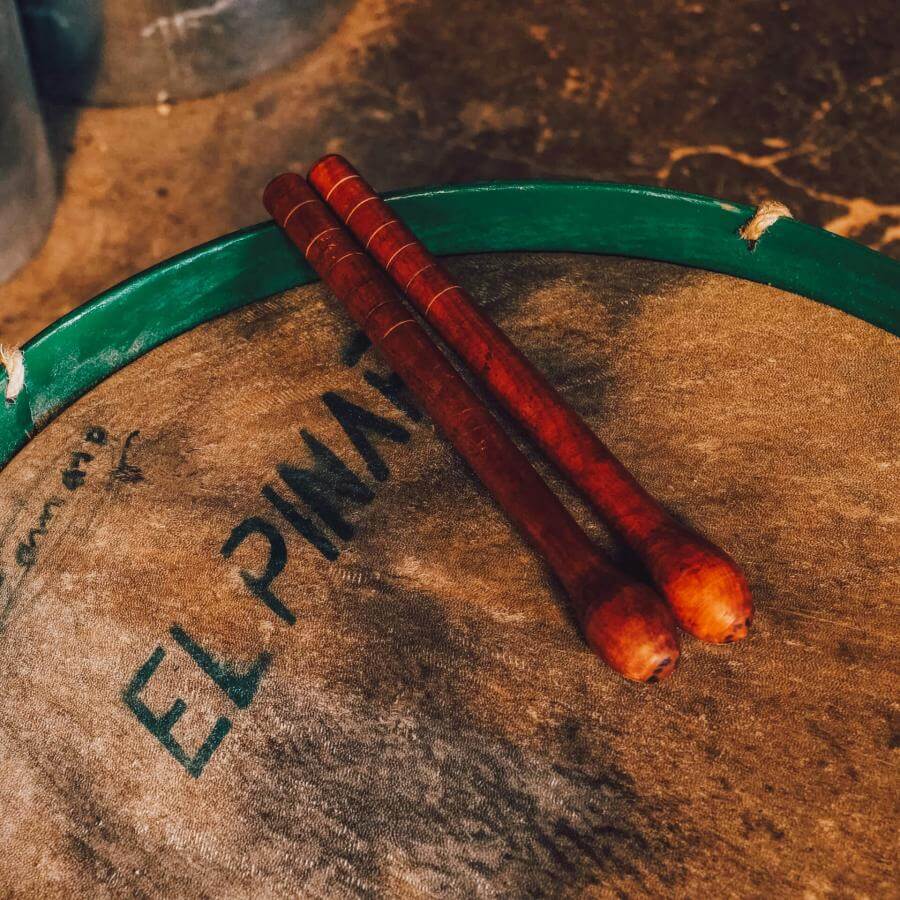
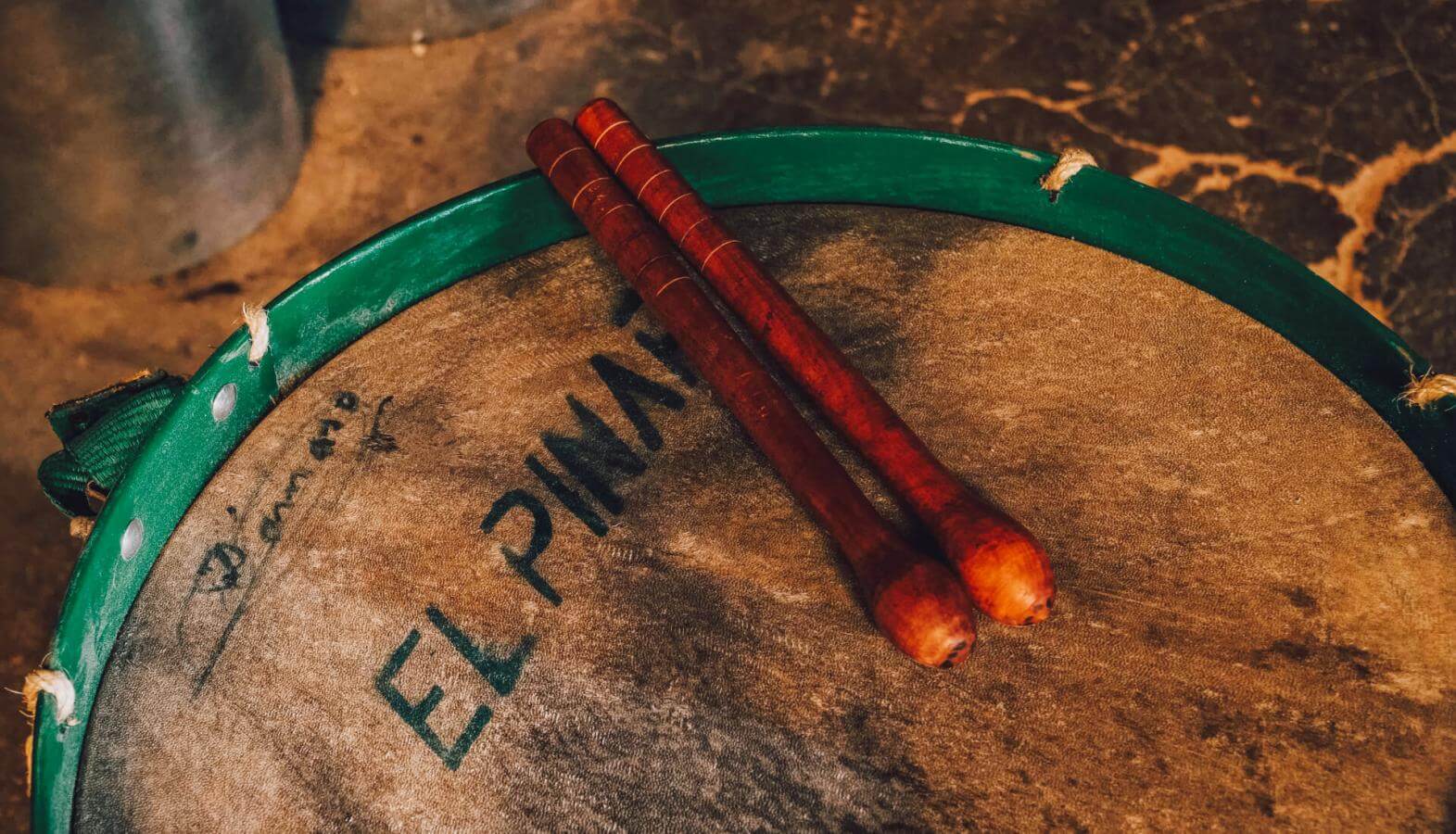
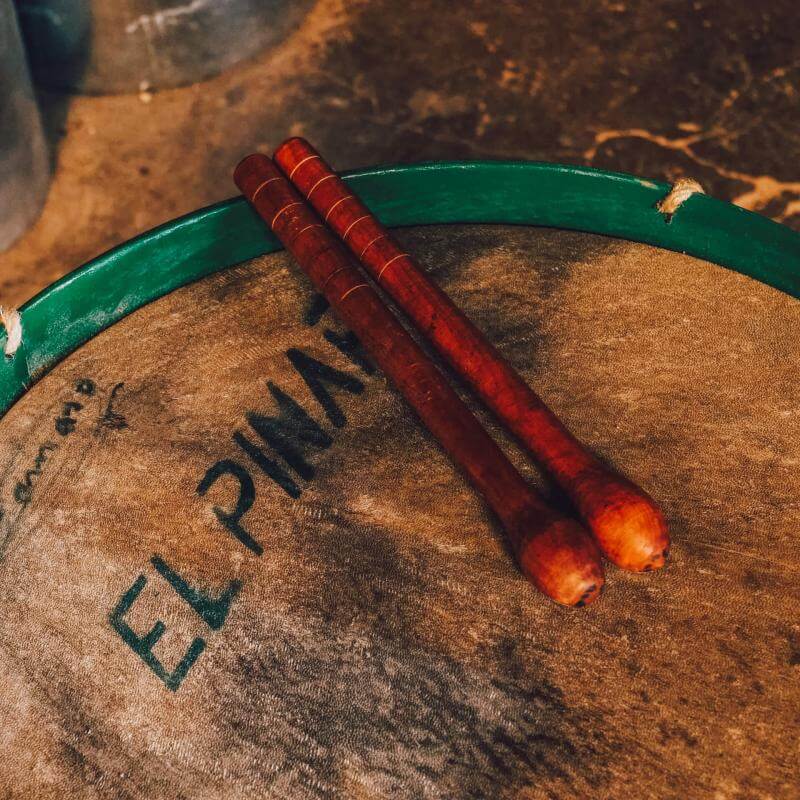
Pito herreño
In recent times, the pito of El Hierro has been made from metallic or plastic materials, but this was not always the case. Traditionally this instrument was known as the pito de loro, or laurel whistle, because the first artisans to make this flute used loro (laurel) which they gathered in the Laurissilva or Laurel forest. This wood gives the instrument a much warmer sound than other materials.
When making the six holes in the flute where the fingers go, they would leave a gap of three centimetres between them, except for the third and fourth hole. The distance between these two was slightly bigger, a peculiarity that has given the instrument a distinctive touch.


